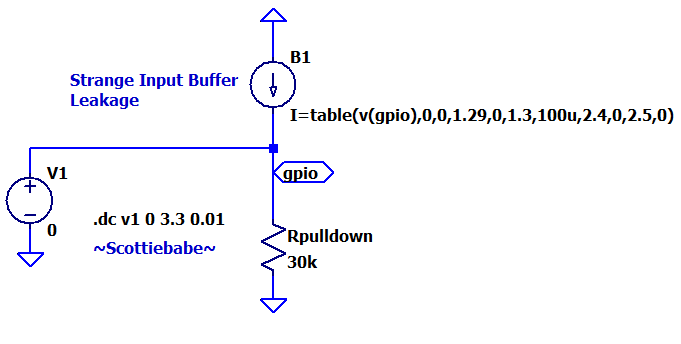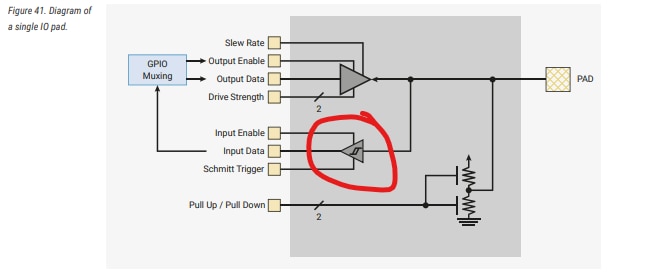I just saw this bug while searching the web. I haven't been able to get a Pico 2 so I bought a Seeed Xiao RP2350 board which I just received yesterday. Maybe it's a good thing that these boards have not been more available...
Here is the errata excerpt from the rp2350 datasheet

At least this bug is documented. I haven't powered my board yet so I have not had a chance to encounter the problem.
Here is a link to a post on Hackster - Hardware Bug in RP2350 leads to unexpected pull-down behavior.











